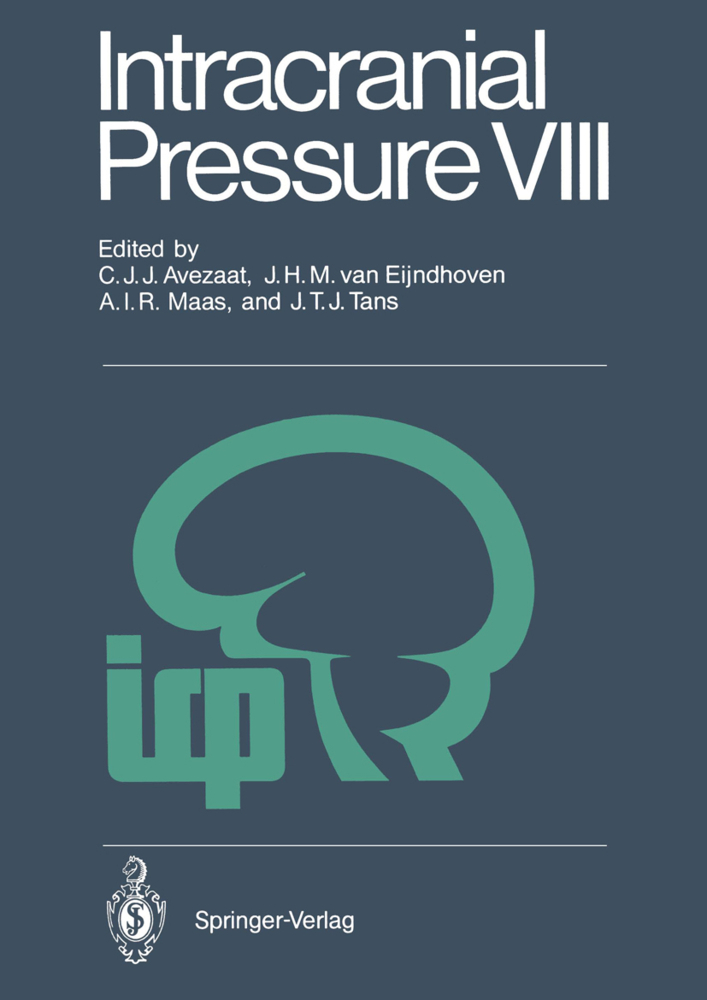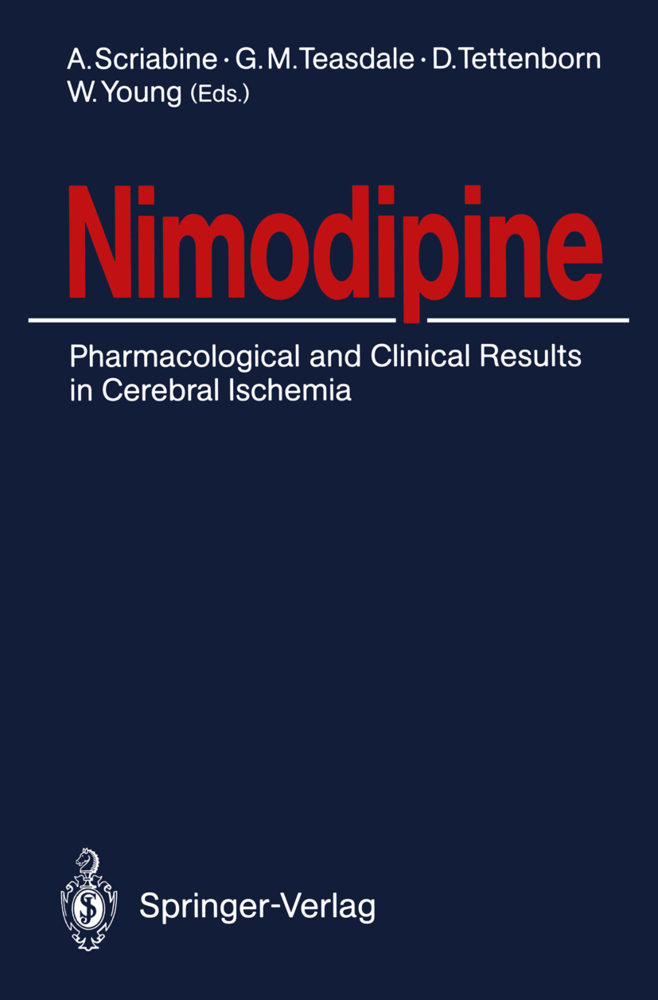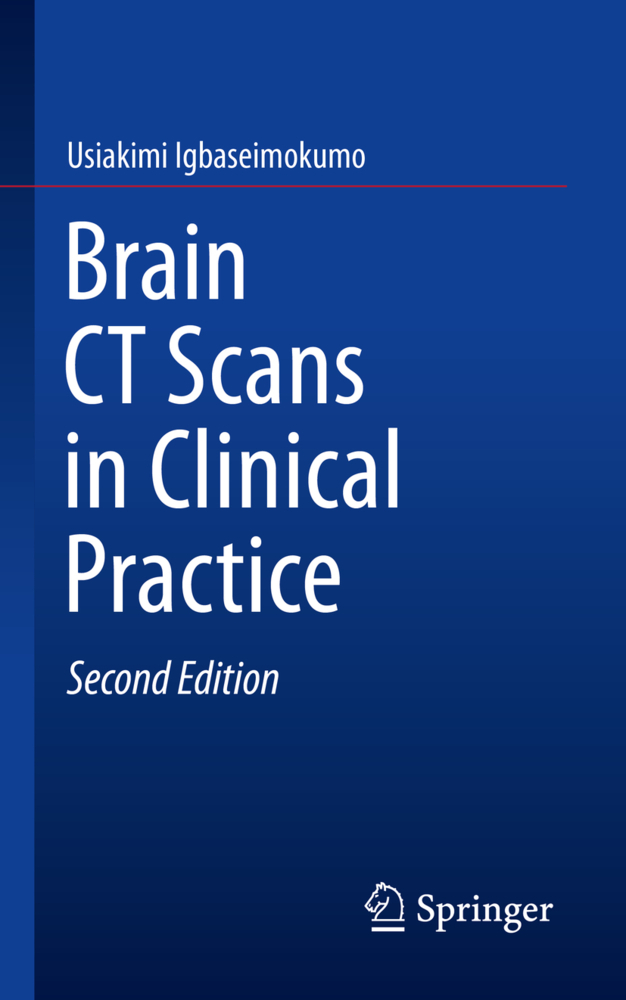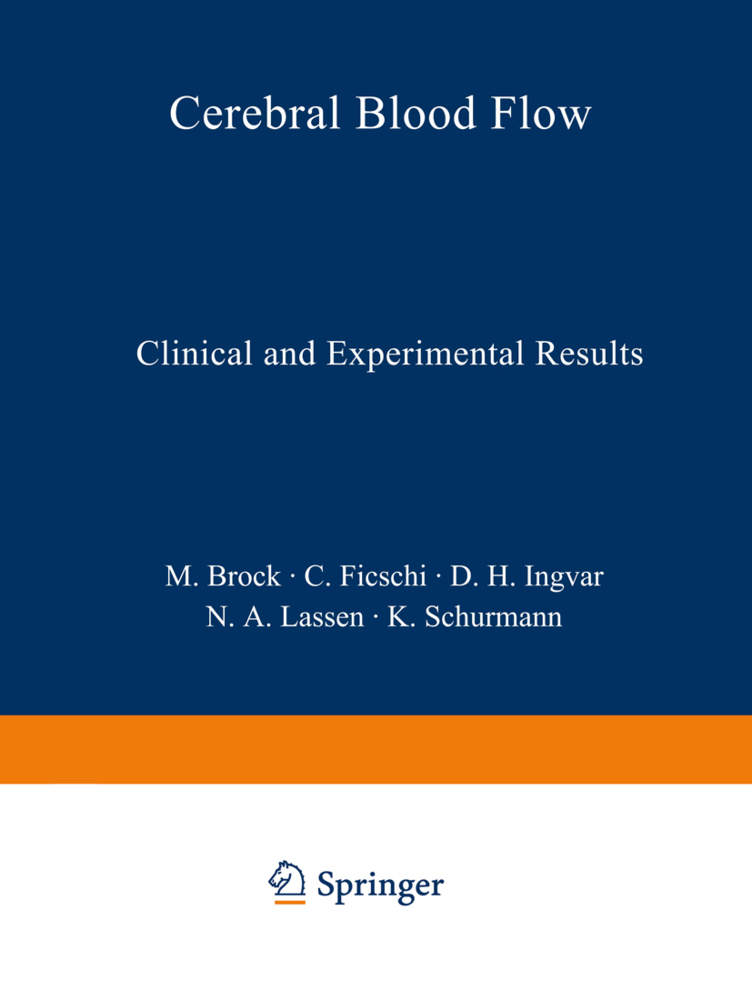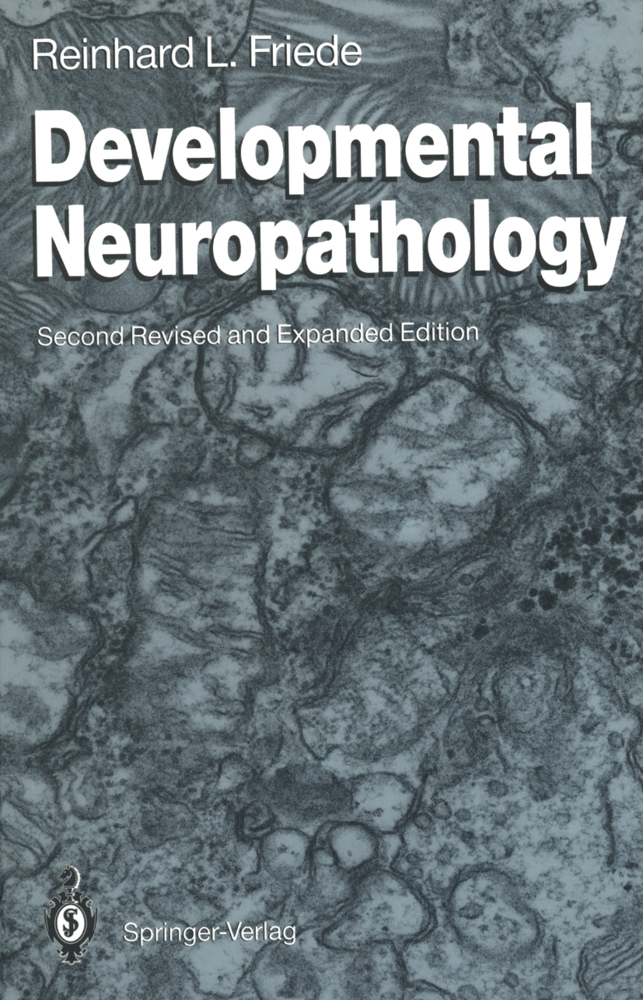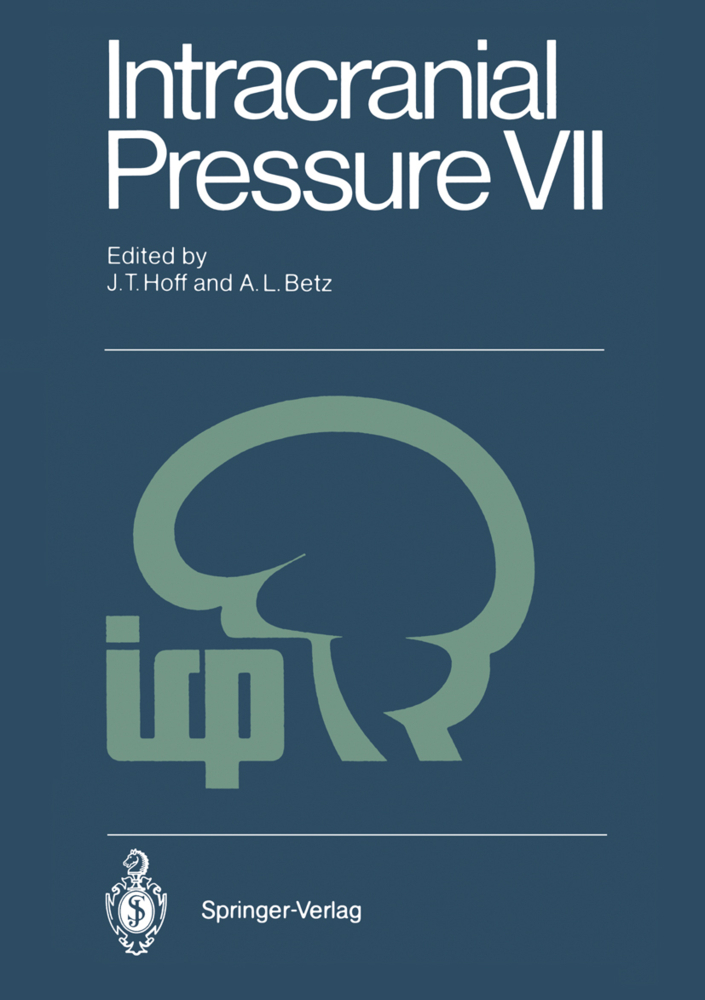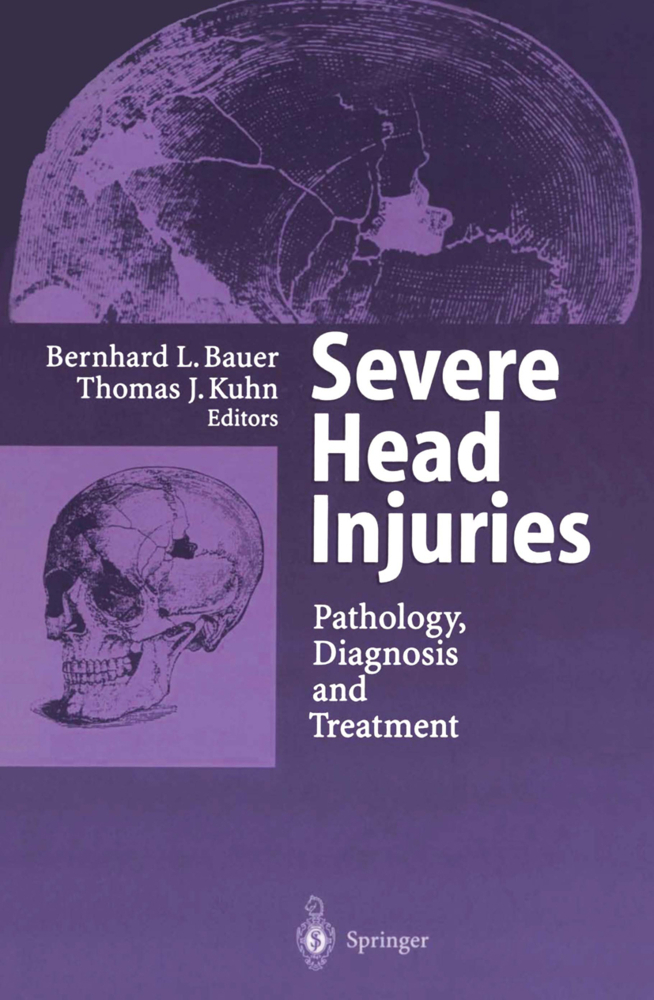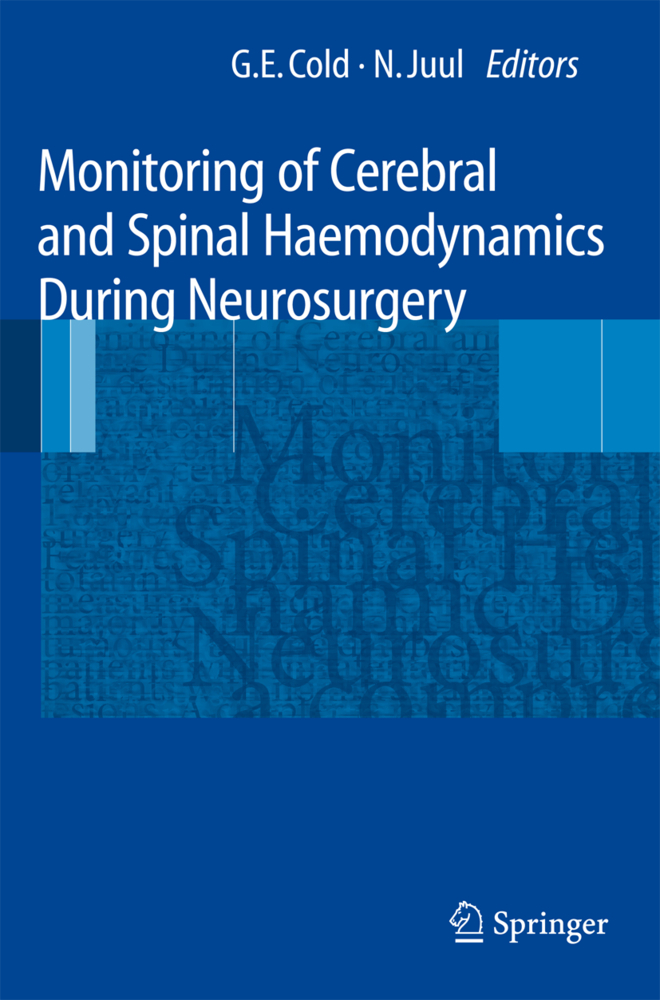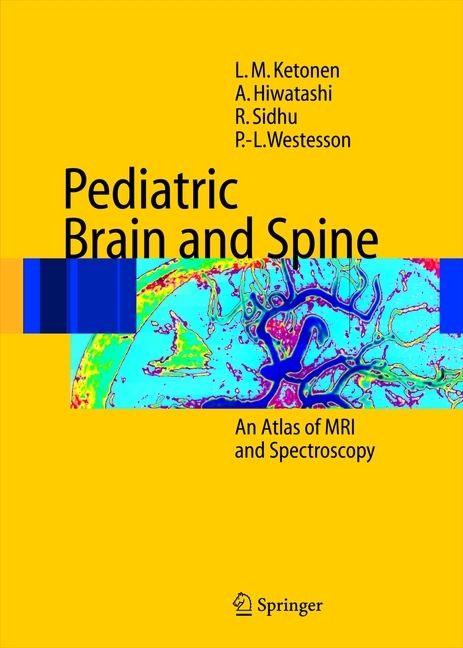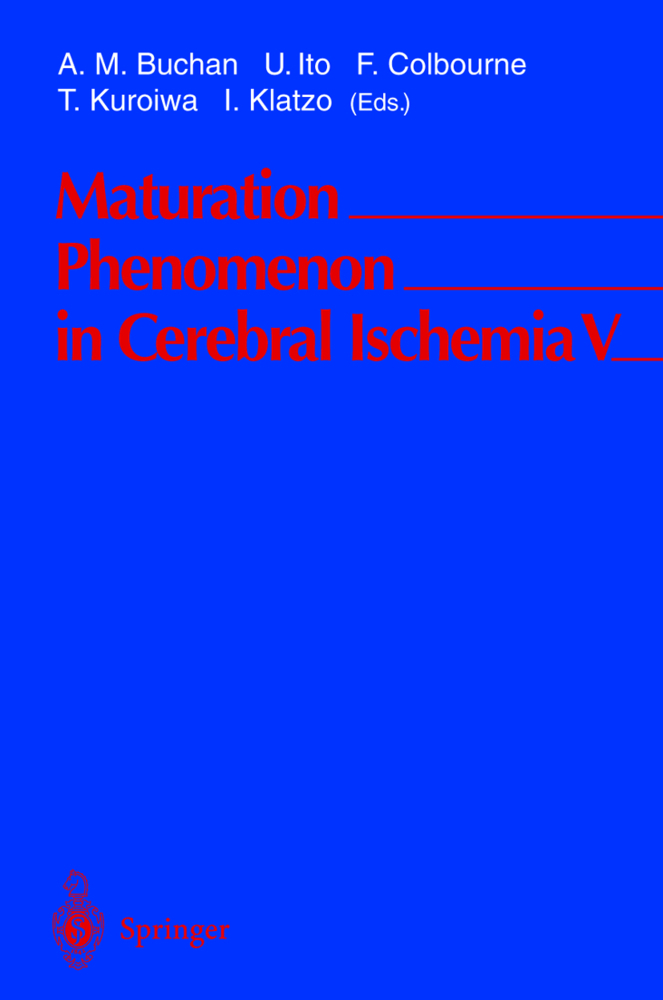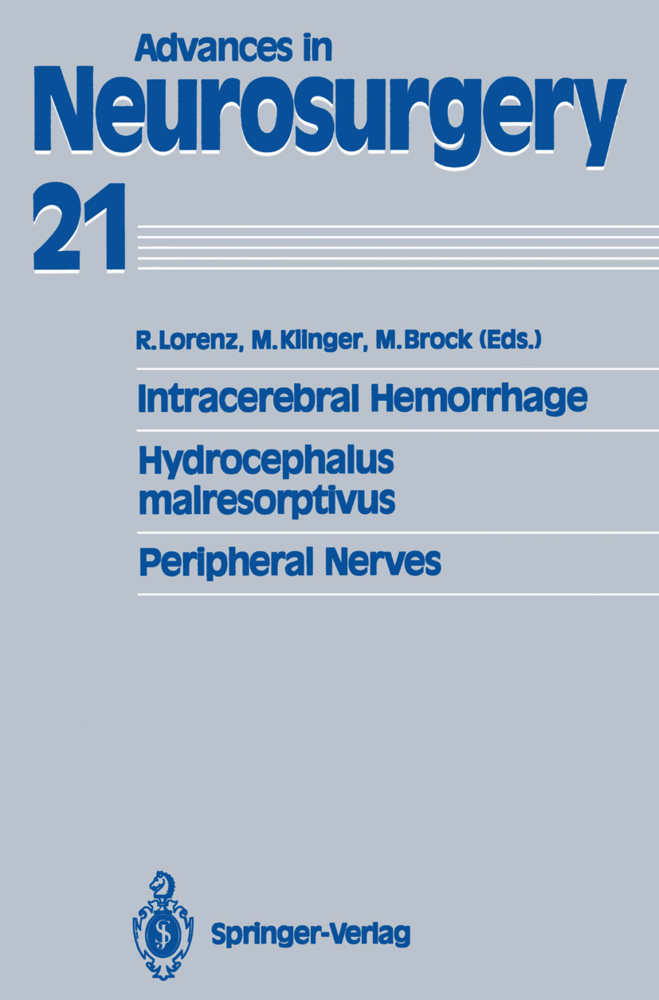Intracranial Pressure VIII
Proceedings of the 8th International Symposium on Intracranial Pressure, Held in Rotterdam, The Netherlands, June 16-20, 1991
Intracranial Pressure VIII
Proceedings of the 8th International Symposium on Intracranial Pressure, Held in Rotterdam, The Netherlands, June 16-20, 1991
The pioneering work by Pierre Janny and Nils Lundberg added a new tool to the investigative armamentarium of the neurosurgeon: continuous monitor ing of intracranial pressure (ICP). A small group of basic and clinical sci entists recognized the importance of this method and in 1972 an International Symposium was organized by Mario Brock in Hannover, Germany. The workers "of the first hour" had high expectations and thought that the problem of intracranial hypertension could finally be dealt with. The Symposium con tinued to grow during subsequent meetings in Lund (1974), Groningen (1976) and Williamsburg (1979). However, the advent of the modern imaging tech niques of CT and MRI have dramatically changed the scene in clinical neurology and neurosurgery. These new methods as well as other monitoring techniques have put ICP in its proper place as just one of the many aspects, albeit an important one, in the management of patients with intracranial space-occupying lesions. The symposia in Tokyo (1982), Glasgow (1985) and Ann Arbor (1988) confirmed the steady interest in ICP recording, both as a research tool and as a clinical method. and yielded many new developments in the field of ICP. This book comprises the proceedings of the Eighth International Symposium on Intracranial Pressure that was held in Rotterdam, The Netherlands, from June 16th to 20th, 1991.
Session III: Cerebrovascular Dynamics I
Session IV: Cerebrovascular Dynamics II
Bayer Round-Table Discussion on Methodology of Head Injury Trials
Session V: Head Injury
Session VI: Control of ICP
Session VII: CSF Dynamics
Session VIII: Hydrocephalus.
Session I: Methodology and Mass Lesions
Session II: Experimental AspectsSession III: Cerebrovascular Dynamics I
Session IV: Cerebrovascular Dynamics II
Bayer Round-Table Discussion on Methodology of Head Injury Trials
Session V: Head Injury
Session VI: Control of ICP
Session VII: CSF Dynamics
Session VIII: Hydrocephalus.
Avezaat, C. J. J.
Eijndhoven, J.H.M. van
Maas, A. I. R.
Tans, J. T. J.
| ISBN | 978-3-642-77791-2 |
|---|---|
| Artikelnummer | 9783642777912 |
| Medientyp | Buch |
| Copyrightjahr | 2011 |
| Verlag | Springer, Berlin |
| Umfang | XXXIII, 931 Seiten |
| Abbildungen | XXXIII, 931 p. |
| Sprache | Englisch |

